Development of Prediction Equation of Diffusing Capacity of Lung for Koreans
Yong Il Hwang, M.D.1, 2, Yong Bum Park, M.D.2, 3, Hyoung Kyu Yoon, M.D.4, Seong Yong Lim, M.D.5, Tae-Hyung Kim, M.D.6, Joo Hun Park, M.D.7, Won-Yeon Lee, M.D.8, Seong Ju Park, M.D.9, Sei Won Lee, M.D.10, Woo Jin Kim, M.D.11, Ki Uk Kim, M.D.12, Kyeong Cheol Shin, M.D.13, Do Jin Kim, M.D.14, Hui Jung Kim, M.D.15, Tae-Eun Kim, M.D.16, Kwang Ha Yoo, M.D.17, Jae Jeong Shim, M.D.18
1Division of Pulmonary, Allergy and Critical Care Medicine, Department of Internal Medicine, Hallym University Sacred Heart Hospital, Anyang, Korea.
2Lung Research Institute of Hallym University College of Medicine, Chuncheon, Korea.
3Division of Pulmonary, Allergy and Critical Care Medicine, Department of Internal Medicine, Hallym University Kangdong Sacred Heart Hospital, Seoul, Korea.
4Division of Pulmonology, Critical Care and Sleep Medicine, Department of Internal Medicine, College of Medicine, The Catholic University of Korea, Seoul, Korea.
5Division of Pulmonary and Critical Care Medicine, Kangbuk Samsung Hospital, Sungkyunkwan University School of Medicine, Seoul, Korea.
6Division of Pulmonology, Department of Internal Medicine, Hanyang University Guri Hospital, Hanyang University College of Medicine, Guri, Korea.
7Division of Pulmonary and Critical Care Medicine, Department of Internal Medicine, Ajou University School of Medicine, Suwon, Korea.
8Division of Pulmonary, Allergy, and Critical Care Medicine, Department of Internal Medicine, Yonsei University Wonju College of Medicine, Wonju, Korea.
9Division of Pulmonary, Allergy and Critical Care Medicine, Chonbuk National University Hospital, Chonbuk National University Medical School, Jeonju, Korea.
10Division of Pulmonology and Critical Care Medicine, Department of Internal Medicine, Asan Medical Center, University of Ulsan College of Medicine, Seoul, Korea.
11Department of Internal Medicine, Kangwon National University School of Medicine, Chuncheon, Korea.
12Department of Internal Medicine, Pusan National University School of Medicine, Yangsan, Korea.
13Regional Center for Respiratory Disease, Yeungnam University Medical Center, Yeungnam University College of Medicine, Daegu, Korea.
14Division of Allergy and Respiratory Medicine, Department of Internal Medicine, Soonchunhyang University Bucheon Hospital, Bucheon, Korea.
15Division of Pulmonary and Critical Care Medicine, Wonkwang University Sanbon Hospital, Wonkwang University School of Medicine, Gunpo, Korea.
16Department of Clinical Pharmacology, Konkuk University School of Medicine, Seoul, Korea.
17Department of Internal Medicine, Konkuk University Medical Center, Seoul, Korea.
18Division of Pulmonary, Allergy and Critical Care Medicine, Department of Internal Medicine, Korea University Guro Hospital, Seoul, Korea.
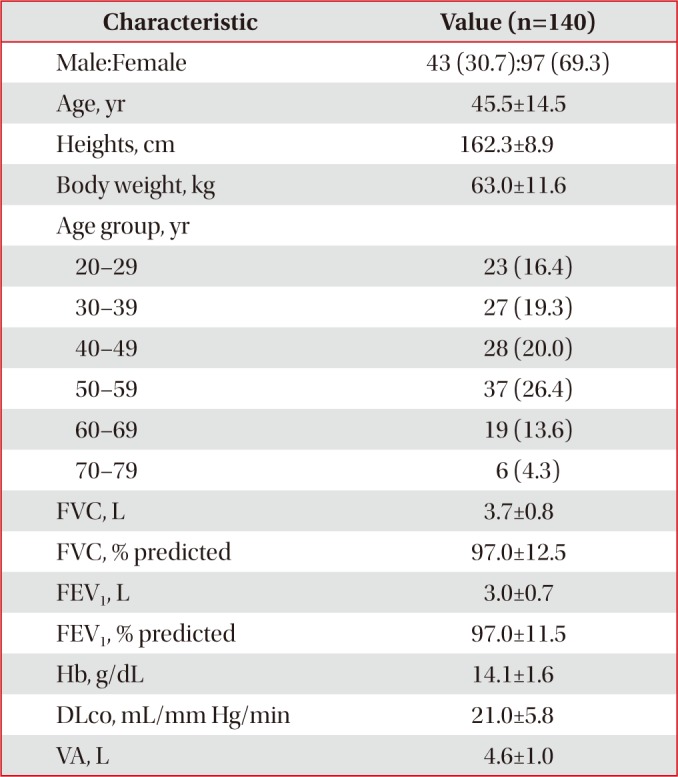
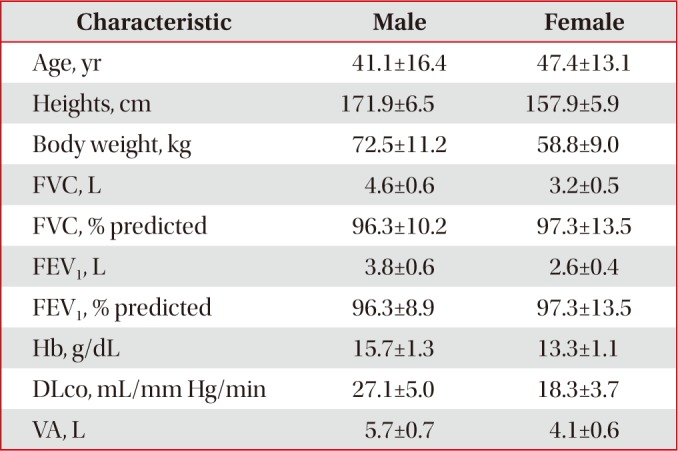
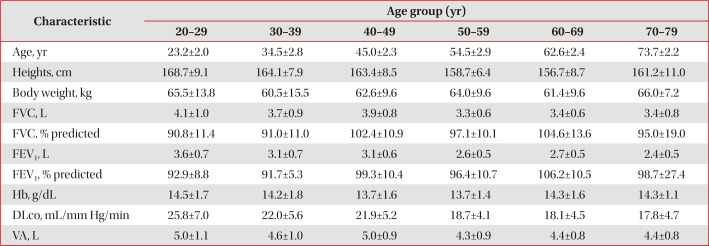
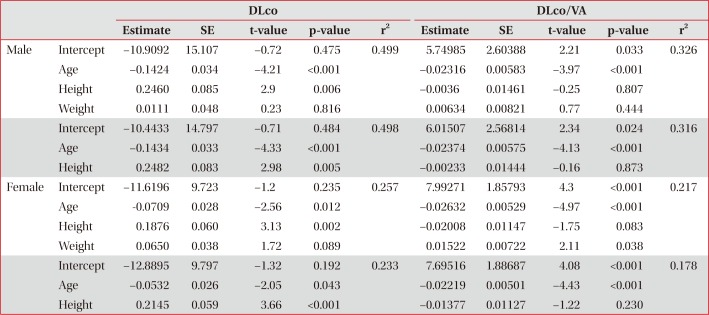
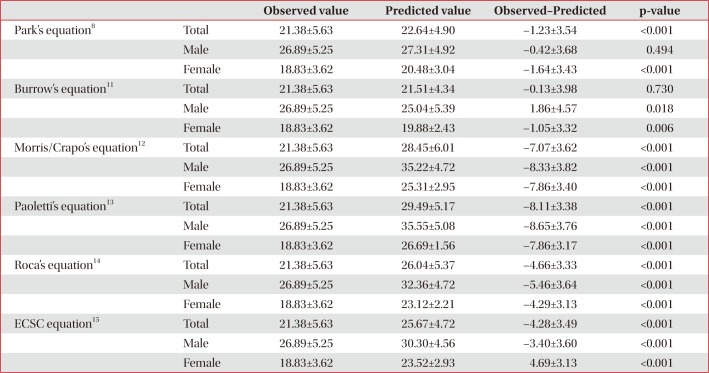




 PDF
PDF ePub
ePub Citation
Citation Print
Print


 XML Download
XML Download